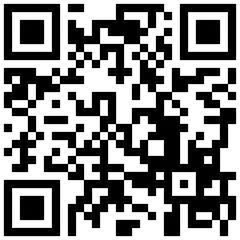| 报告题目: | Seeking Collaborations and Career Development for Better Potential,Mathematics, Modeling, Engineering and Clinical Applications |
| 报 告 人: | Dalin Tang |
| 美国伍斯特理工学院 | |
| 报告时间: | 4月20日(星期三)下午2:00 |
| 报告地点: | 九龙湖第一报告厅 |
| 相关介绍: | Abstract Is mathematics useful in real life? Can mathematicians solve some realistic problems and prove their value? In this talk, we will use several examples to demonstrate how mathematics and computational models could be used to solve important real-life problems and make significant contributions to the society and public health. One example will be image-based human heart model with fluid-structure interactions (FSI) to evaluate human heart cardiac function before and after surgery and optimize human pulmonary valve replacement (PVR) surgical procedure and patch design. Another example will be human coronary artery model based on intravascular ultrasound (IVUS) images. Those models normally include the following: a) an very important health problem (heart attack, stroke); b) patient-specific image data to get the geometry of the heart or artery; c) material properties; d) blood flow information; d) good mathematical models and methods to solve those models; e) critical information which are useful for surgical planning or early prediction of clinical evens (heart attack, stroke); f) potential for implementation in clinical practice. We will discuss the current research directions and trends in science and mathematics. Dr. Tang will share his 28 years of research experience in US and he welcomes questions, new research topics and future collaborations. Opportunities for graduate studies, post-doc and visiting positions can be discussed. Acknowledgement: This research was supported in part by NIH R01 HL089269 (del Nido, Tang, Geva), NIH�R01 HL63095 (PJdN), NIH- 5P50 HL074734 (Clinical Trial, PI-Geva), NSF grant DMS-0540684 (Tang), NIH/NIBIB R01 EB004759 (Tang), NIH/NHLBI R01 HL073401 and P01 HL072262. |


